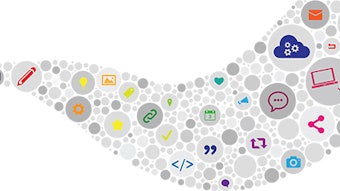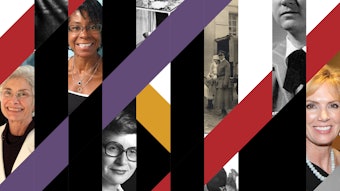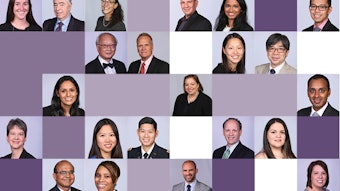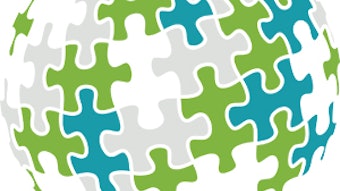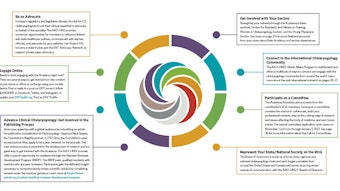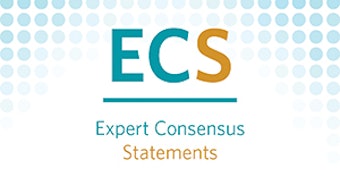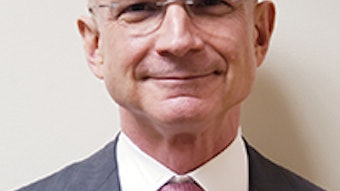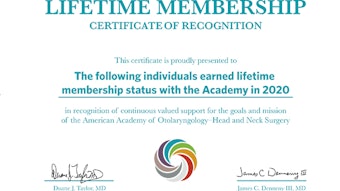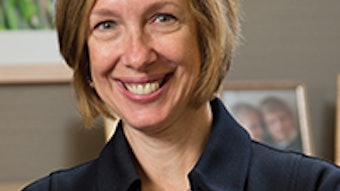Out of Committee: Diversity and Inclusion; Ensuring Better Performance in a Heterogeneous Group Dynamic
I graduated from ENT in Venezuela, in a residency program where 80% of the residents and 50% of the faculty were females. There were many times when resident staff were all women. Frequently, an all-women team was in the operating room, from medical students to the anesthesiologist to ENT attendings.

Janmaris Marin Fermin, MD
I graduated from ENT in Venezuela, in a residency program where 80% of the residents and 50% of the faculty were females. There were many times when resident staff were all women. Frequently, an all-women team was in the operating room, from medical students to the anesthesiologist to ENT attendings. Developing in this environment shaped the way I now see myself as a female surgeon, as well as the potential I could pursue achieving in an academic setting.
After graduation I had the opportunity to train with extraordinary male and female mentors, in multicultural and multilingual cities and in cities with a predominant race and religion, across North America and the Middle East. Hence, I worked in groups with individuals from different countries and continents and with groups in which I was the only international physician. Having this background and these opportunities allowed me to develop skills to overcome potential obstacles from gender and cultural differences. This article is a reflection on these experiences.
Instinctively through a social categorization process,1 we tend to associate with individuals we perceive as similar, which makes interacting in a diverse group inherently difficult. We often see articles supporting diversity on the basis that group heterogeneity is associated with more creativity and innovation at work. However, studies have also shown that heterogeneous groups presented reduced cohesiveness, more conflicts and misunderstandings, lower member satisfaction, and decreased cooperation.
Having worked in a variety of groups, I felt compelled to understand the variables that I could control to ensure a better group performance. I came across the Roberge and van Dick model that is designed to mediate the relationship between diversity and group performance through psychological mechanisms—such as empathy, self-disclosure, reflexive communication, group involvement, and group trust—in a psychological safety climate.2 These mechanisms take into account the individual and the group. The authors state this model based on the following explanations of how the mechanisms impact performance:
- Empathy is shown to improve attitudes toward stigmatized groups, is required in understanding a different perspective, and decreases the tendency to apply stereotypes.
- Self-disclosure leads to a reciprocity effect that fosters the development of trusting interpersonal relationships, which is especially important when groups are heterogenous and distrust may already exist.
- Reflexive communication about the group’s objectives and strategies is shown to improve group performance.
- Group involvement—shown to be an important factor for the success of diverse teams—relates to an individual’s involvement in task-related processes such as information exchange, collaborative decision making, and the degree to which an individual feels respected and listened to.
- Group trust reduces anxiety and self-consciousness, feelings often experienced in individuals who perceive themselves as being different from others.
Roberge and van Dick demonstrate how diversity affects performance. They also explain that their model—which focuses on social psychological rather than cognitive constructs—offers a sound framework for building other study designs, especially those that consider the mechanisms over time and multiple settings. As diversity becomes more commonplace in the workforce, we gain a deeper comprehension of the necessary mechanism that our groups need to function effectively. This understanding will not only benefit our practices, but our patients as well.
References
- Chatman JA, Spataro SE. Using self-categorization theory to understand relational demography–based variations in people’s responsiveness to organizational culture. Acad Manage J. 2005;48(2):321-331.
- Roberge MÉ, van Dick R. Recognizing the benefits of diversity: when and how does diversity increase group performance? Hum Resource Manage Rev. 2010;20(4):295-308.



